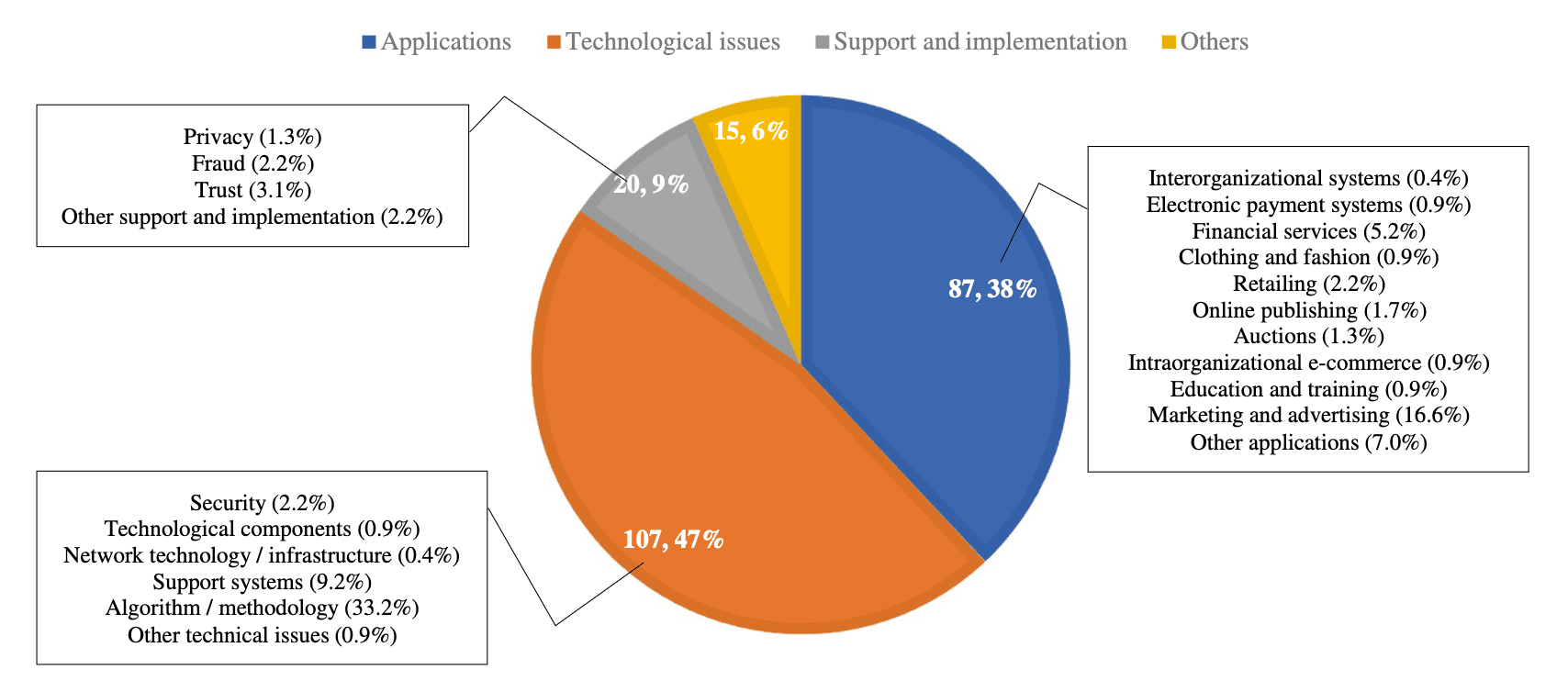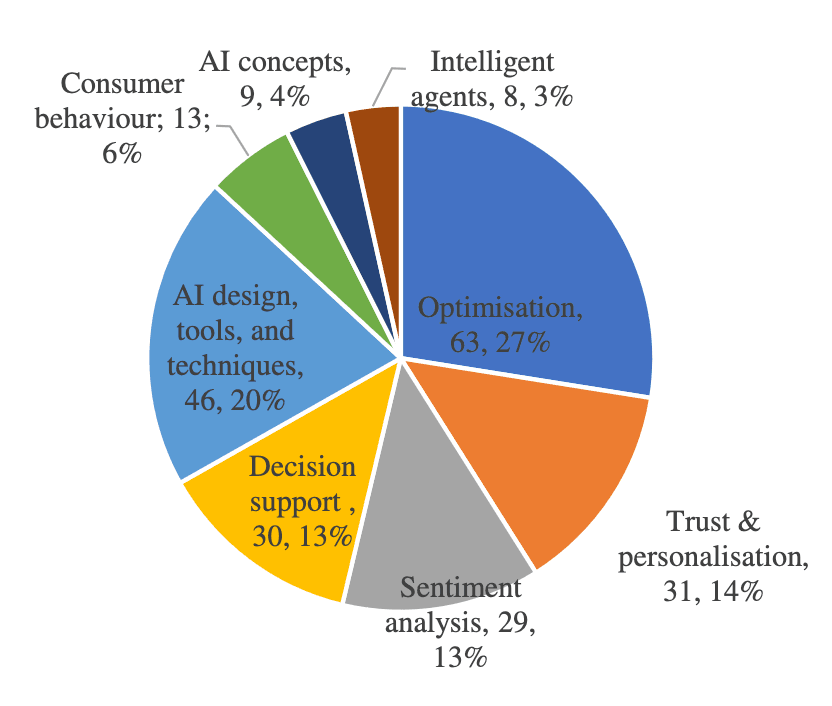How does AI transform the e-commerce industry?
AI technology elevates online shopping to a new level: smart search features not only correct typing errors but can also increase revenue by up to 50%. Businesses should adopt these smart search methods as they make online stores much more efficient. Additionally, they come with many other advantages, such as recognizing images and sounds, providing personalized assistance, and offering recommendations based on user behavior. Currently, we are mainly focused on how to further improve the search function.
Inspired by the post from Levente Fábián.
About ten years ago, I planned to write a book on making online stores more efficient. Although the book was not perfect, it contained a lot of new information. Even then, I believed it was important to treat the search function separately because it is very crucial for customers. Just as the advertisements sent via email are.
I researched the topic extensively, which is reflected in the following figures from 2014:


For online stores, the search function is very important. With the help of artificial intelligence (AI) technology, the search becomes like a store assistant helping us. Those who do not take advantage of the new, smart search capabilities will fall behind in the competition. According to statistics, such smart search methods can increase product clicks by up to 35% and revenue by up to 50%. People like it when they can easily find what they are looking for, so they start more searches. There are various methods to choose from, and it's worthwhile for smaller businesses to opt for the cheaper ones first.
How can you achieve more revenue?
- Even if customers search with synonyms, smart search will still find the desired product.
- It finds the right matches even with typing errors.
- The search is not disrupted by searching in the plural form of products or specifying additional criteria.
- Miswriting the product code doesn't pose a problem.
- Search results can also be tailored based on the customers' previous browsing habits.
How can you implement smart search methods?
- Use of supplemental suggestions with the help of artificial intelligence.
- Automatic supplemental suggestions during the search.
- If the search term does not match a product perfectly, it still finds a solution with the help of new technologies.
- The search can correct errors and take synonyms into account.
- The search results are personalized based on previous searches.
- Customers can receive personalized offers based on their behavior during or alongside the search.
I reviewed 74 websites, mostly online stores. Géza Nagy examined 2000 online stores and found that revenue almost universally increased where smart search functions were introduced. Of course, not every store uses the search function as frequently. For example, in a bookstore, 34% of customers use it, while in fashion it's only 7-8%, and they tend to just browse. It's interesting to note that the biggest spenders are not always those who used the search. In some stores, 37% of purchases are made through the search function, while in others it can be as high as 90%.
Over the past 10 years, the number of sites that display "no results" has dropped from 58% to 10.5%. On sites where the searched product is not found and another product is recommended, 30-40% of customers leave the site.
This shows that although there were already methods to improve search, new technologies make them even better, especially for small businesses.
You might be wondering, what could be the issue in this area? For large corporations, the costs are not so burdensome, and they can implement their own solutions. Smaller businesses, however, watch their costs and are likely to choose among the cheaper solutions from the top 5.
Of course, smart technologies can be introduced in areas other than search in online shopping. Perhaps this was the most interesting aspect for now.
Let's see what trends emerged at the end of 2022 and in which areas e-commerce companies primarily conducted research in collaboration with universities.


The above statistics are based on 4335 e-commerce research documents. I note that Hungary is not among the top 20 countries, while several European countries are, including Poland.